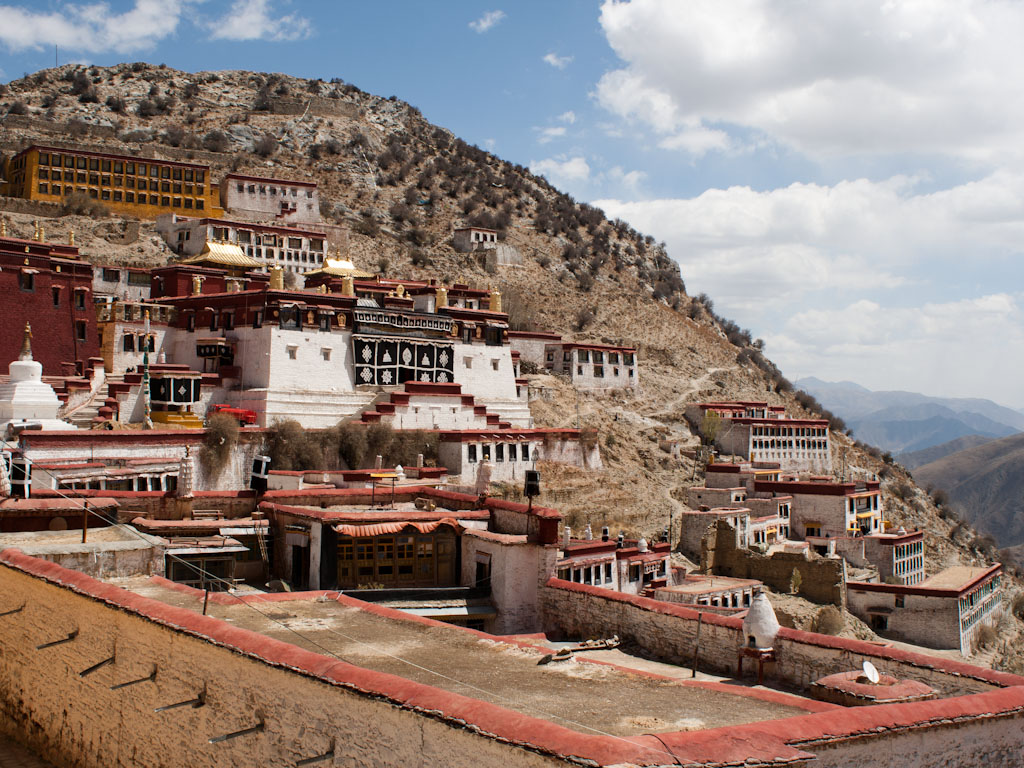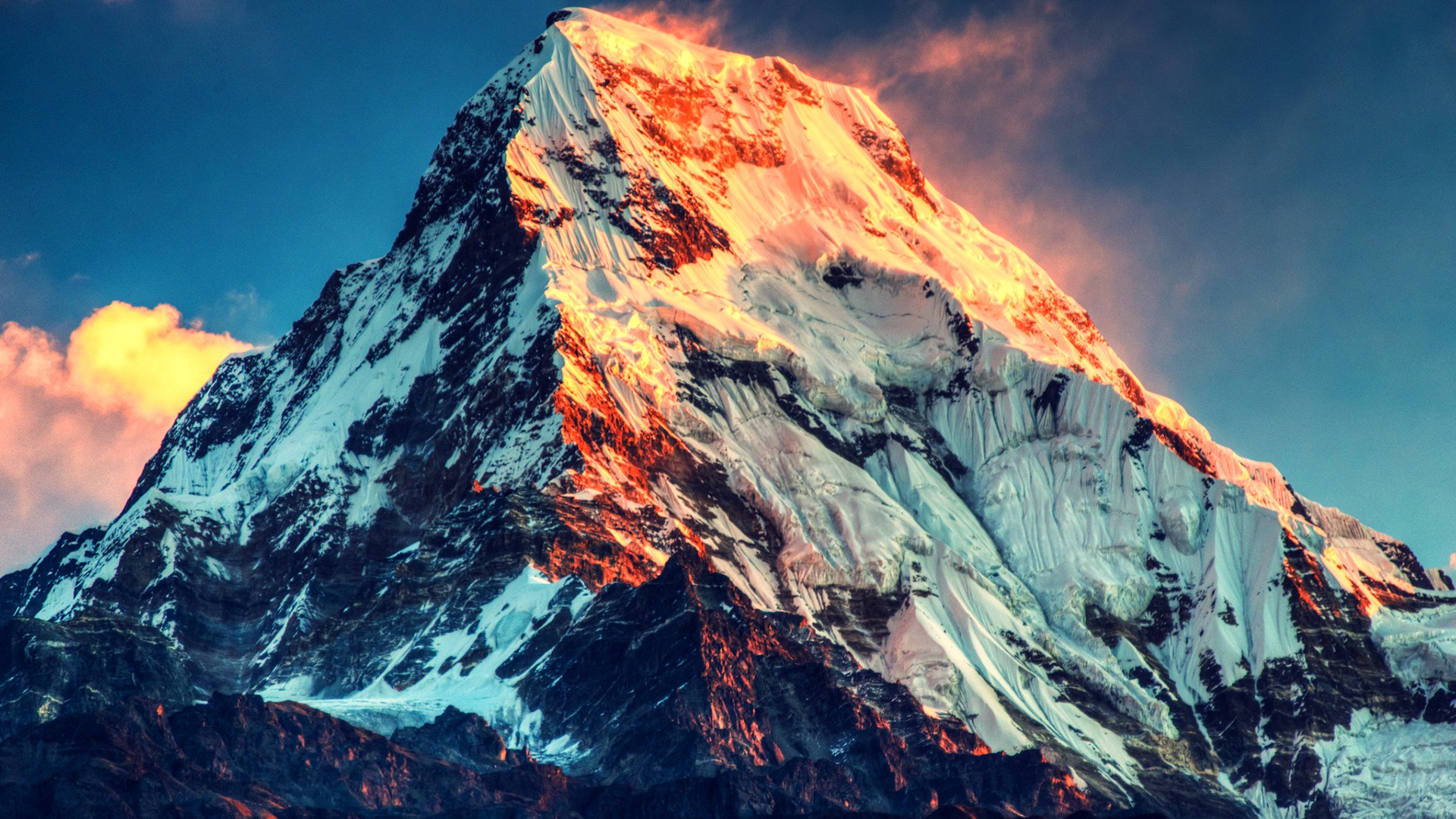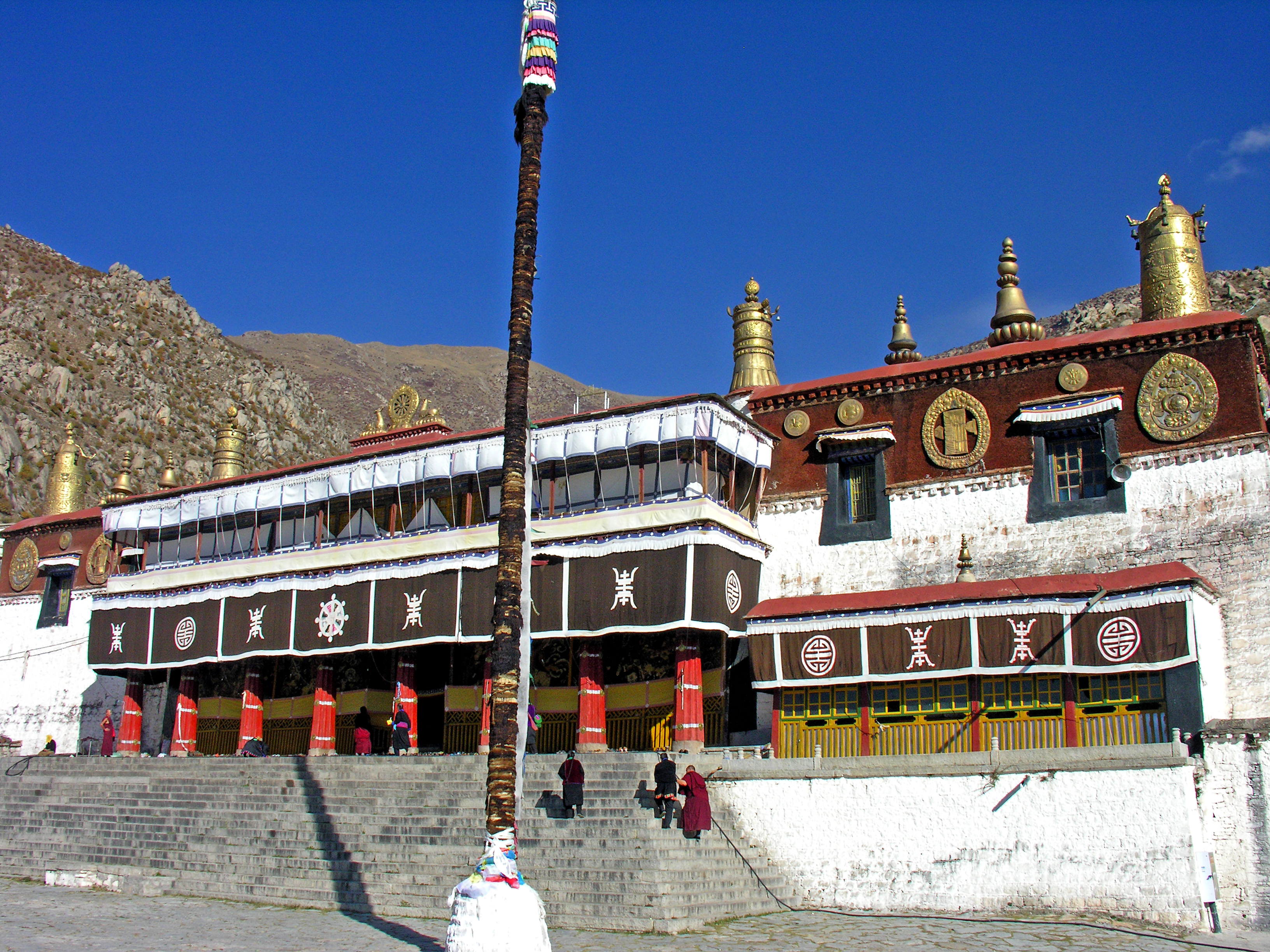Ganden Monastery is the first and primary monastery of the Gelug Sect in Tibetan Buddhism. Its Tibetan name refers to a grand site in the Western Heaven of Buddhism. Emperor Yongzheng of the Qing Dynasty granted another name “Yong Tai” to the monastery. Sitting on the Wangbori Mountain which resembles a reclining elephant to the northeast of the Dagze County, the monastery facing east commands an elevation of 3,800 meters above sea level. Major construction in the monastery include the Lagyi Hall, Yangbagyain Hall, Chitokang, Angyiukang, Xaze and Jamze Zhacang Buddhist colleges, and dozens of Kamcuns and Myicuns.
The Ganden Monastery was built in the early 15th century. Upon the Tibetan New Year in 1409, Zongkapa, founder of Gelug or Yellow Sect of Tibetan Buddhism, gathered over 8,000 Lamas to hold a Grand Summons Ceremony at the Jokhang Temple of Lhasa to commemorate Sakymuni. Since then, the ceremony has become a traditional annual event. In Feb. 1410, the Ganden Monastery was set up with over 500 Lamas and Zongkapa himself presided over a grand ceremony to enshrine the monastery. Zongkapa also became the first Ganden Khripa (or Abbot) of the Ganden Monastery. The creation of the Ganden Summons Ceremony and the establishment of the Ganden Monastery symbolized the formation of the Gelug Sect of Tibetan Buddhism. Together with the Sera Monastery and Drepung Monastery, they became known as the “3 Large Monasteries of Lhasa”. As Zongkapa himself initiated the Ganden Monastery, acted as its 1st abbot and passed away in the monastery, Ganden Monastery commands indisputable status among all the Gelug Sect Monasteries.
In 1961, the Ganden Monastery became a State important cultural relic protection unit. The monastery suffered destruction during the Cultural Revolution but renovations are carried in recent years.




